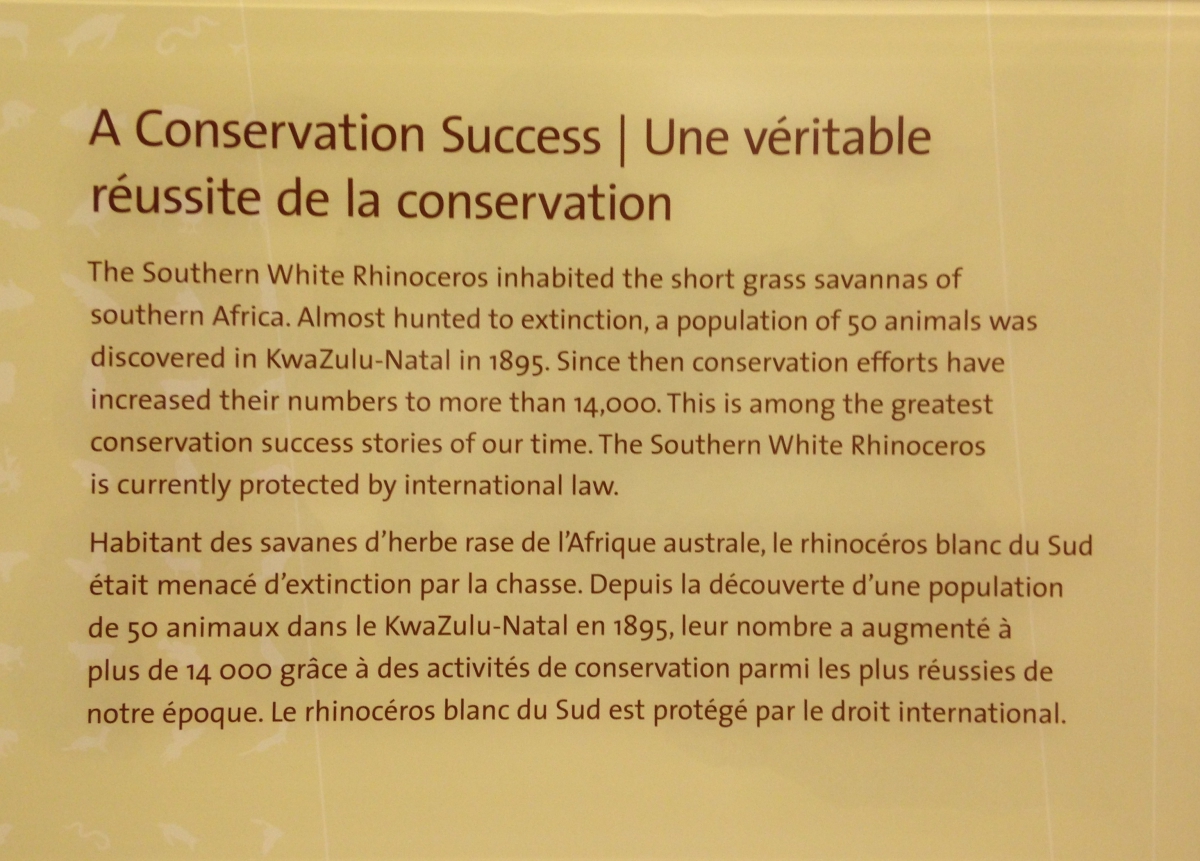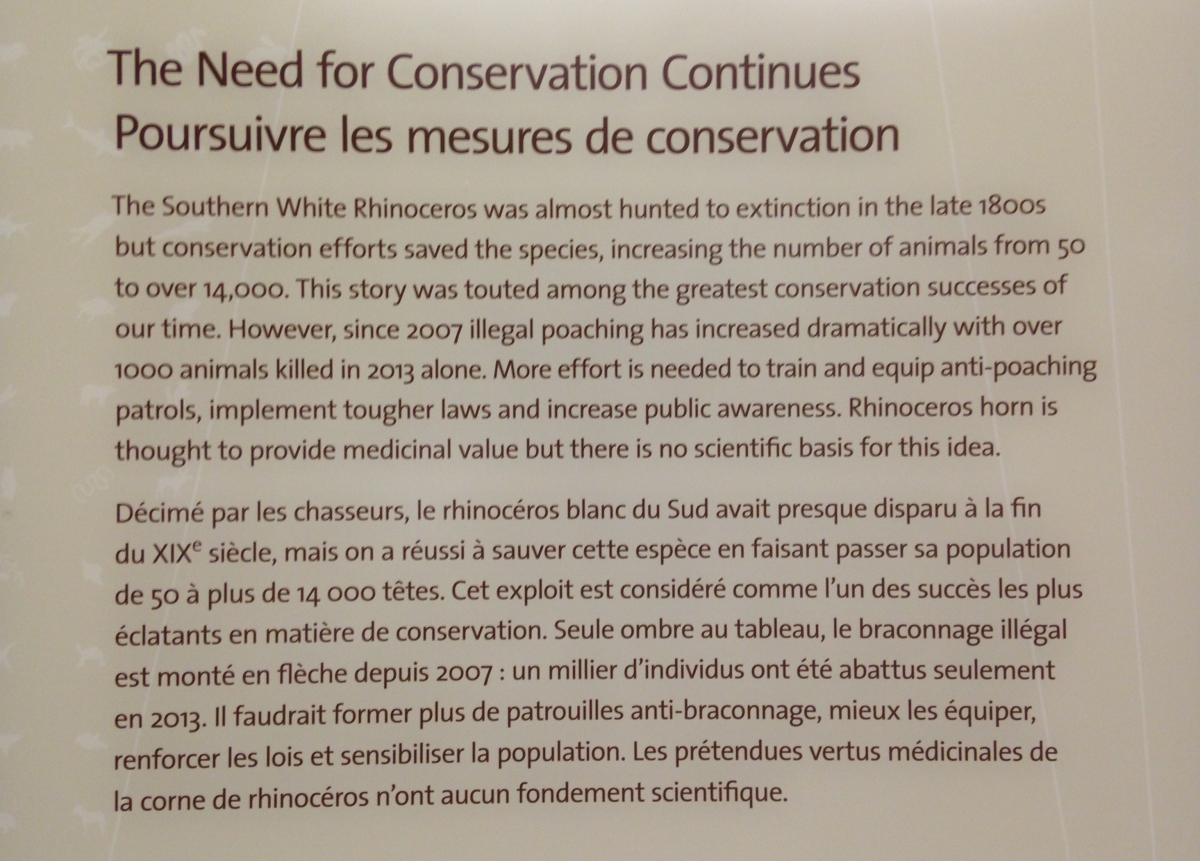Rhinoceros Reminder that Conservation Requires Continued Commitment
Published
Categories
Author
Blog Post
A surge in the poaching of Southern White Rhinoceros made the ROM reconsider the presentation of our iconic specimen
When the Life in Crisis: Schad Gallery of Biodiversity first opened to the public in the spring of 2009, the Royal Ontario Museum was excited to be able to lead into the gallery with an iconic specimen, symbolic of what successful conservation efforts can look like.
“Bull” was a male Southern white rhinoceros (Ceratotherium simum) captured from the wild in South Africa in the 1970’s as a part of a captive breeding program. He was transferred to the Toronto Zoo in 1974, where he would live until his death in 2008. It was at that time that arrangements were made for Bull’s remains to be transported to the Royal Ontario Museum, to become a centerpiece of the museum’s newest gallery.*
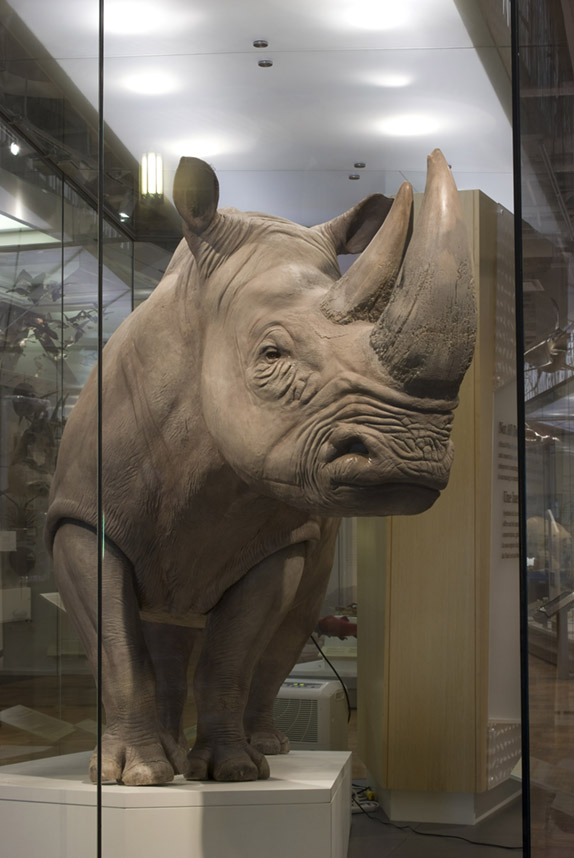
*For the complete story of Bull, his life, and how he came to the Royal Ontario Museum, we recommend Judith Eger’s excellent article “The Gentle Giant”, in the Summer 2009 issue of ROM Magazine.
For you see, the Life in Crisis: Schad Gallery of Biodiversity is not only about the variety and distribution of life on this planet, but also about how this diversity is threatened in myriad ways around the globe. For the six living species of rhinoceros, habitat destruction is a major factor; but first and foremost is the threat of being hunted for their horn. Rhinoceros horn has been used in a variety of products: for ornaments such as cups and figurines, for the handles of expensive daggers, and in traditional Chinese medicine for its supposed medicinal value.
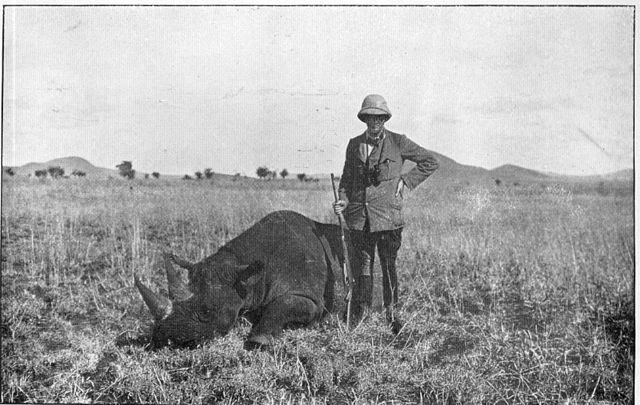
Presumed extinct near the end of the 19th Century, a small population of about 50 Southern white rhinos was discovered in KwaZulu-Natal, South Africa. Collaborative conservation efforts (including the establishment of wildlife preserves and captive breeding programs in zoos) saw the population recover to more than 17 000 individuals by 2007, making the Southern white rhino the least threatened of all rhinoceros species (the International Union for the Conservation of Nature (IUCN) ranks them as Near Threatened) and an international conservation success story.
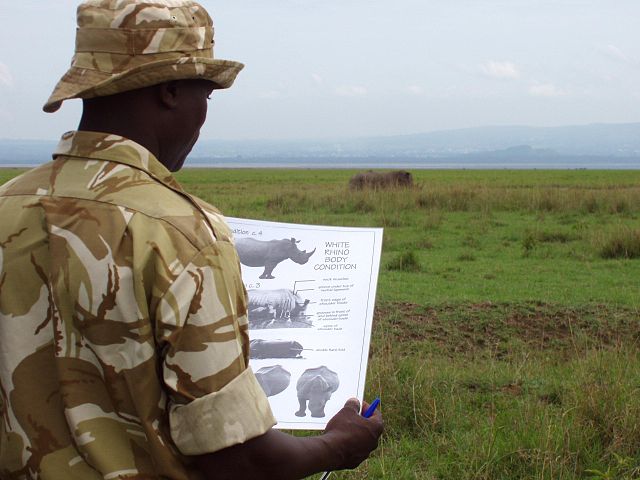
However, the ROM must change Bull’s display to reflect an unfortunate new reality: since 2007 illegal poaching has resurged. Between 2007 and 2013, poaching of Southern white rhinoceros has increased by 5000%, with the South African environment ministry reporting 1,004 animals killed in 2013 alone. On the black market, rhino horn is now worth more than its weight in gold or cocaine, fetching up to $100,000/kg.
Despite estimates that there are somewhere around 20 000 Southern white rhinos alive today, the dramatic increase in the rate at which they are being poached since 2007 is staggering. The major driver behind this slaughter appears to be the demand for rhino horn by practitioners of traditional medicine. While rhino horn has been used for millennia in traditional Chinese medicine to treat infections and reduce fever, evidence-based medicine has found that rhino horn (or any animal horn) has no pharmacological effects whatsoever. In light of this, many countries have banned its use in traditional medicine, however, new, non-traditional medicinal uses (as hangover and cancer cures) continue to drive the black market prices for rhino horn to astronomical heights.
WARNING: This video, titled “The Real Face of Rhino Poaching”, is extremely graphic, showing the bloody scene discovered by an anti-poaching patrol in Kruger National Park, South Africa.
The IUCN declared the Western subspecies of black rhinoceros (Diceros bicornis longipes) extinct in 2011, while the Javan rhinoceros (Rhinoceros sondaicus) and the Northern white rhinoceros (Ceratotherium cottoni) may not be far behind. Indeed, once considered merely different subspecies, recent morphological and genetic analysis have shown that Northern and Southern white rhinos are in fact separate species, and that the conservation efforts for the Northern form requires reevaluation (though with fewer than seven of these animals remaining, recovery of the species seems unlikely).
As the illegal slaughter of Southern white rhinoceros escalates, the question becomes: what can be done? Current efforts focus on protecting habitat and reducing human-rhino conflict; changing attitudes and reducing the consumer demand for rhino horn; and stopping poachers.
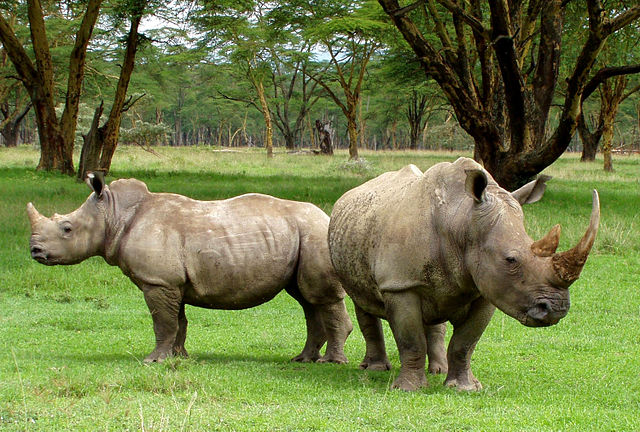
The Royal Ontario Museum installed Bull the Southern white rhinoceros in the Life in Crisis: Schad Gallery of Biodiversity as a symbol of successful conservation efforts. As the conservation status of this animal takes a turn for the worse, the ROM must also change its display to reflect the changing reality for rhinos like Bull living in the wild. Bull is still a reminder that successful conservation is achievable, yet his display must also now serve as a symbol that steels us for the challenges ahead. Education is key; you can make smart purchases and donate; and through the ongoing vigilance and determination of wildlife conservationists around the globe we can fight back to protect and preserve the Southern white rhinoceros, and other endangered species around the globe.
